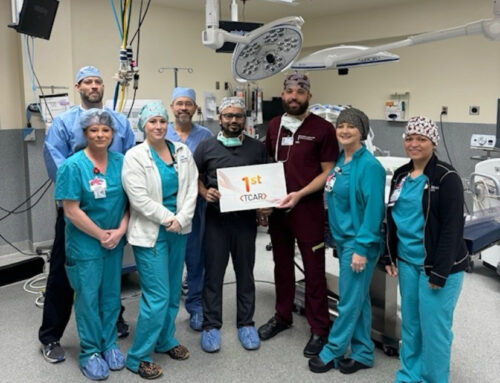In last week’s column, we looked at the evolution of philanthropy and how donor giving has changed from the 16thcentury to the present day. We also looked at the philanthropic value of a nonprofit organization and how donors ascribe value to nonprofit organizations. Moreover, we looked at how donors’ values influence collaboration, as by working together, nonprofit organizations achieve a more significant impact and are more efficient. Finally, we looked at how innovation comes from collaboration, and in collaboration, there is an opportunity to build relationships, all of which led to more effective and sustainable solutions to social problems. This week we will consider collaborative stakeholders and how to identify them for a community initiative.
According to Mitchell et al. (1997), a stakeholder is any individual or group who can affect or is affected by achieving an organization’s objectives. Stakeholders influence the nonprofit organization’s ability to fulfill its mission; they are also people and partner organizations who experience the consequences of the choices and actions of the nonprofit organization. Let’s look at three common categories of stakeholders within nonprofit organizations.
The first category is the person or group interested in or concerned about a nonprofit organization’s activities, goals, and outcomes. These people or groups include but are not limited to its board members, staff, volunteers, donors, clients or beneficiaries, and community partners. Nonprofit stakeholders are invested in the organization’s success because of their relationship with it, and they may have different perspectives, needs, and expectations based on their roles and experiences.
The second category is the entities or organizations that areaffected by or can affect the operations and impact of a nonprofit organization, such as government agencies, regulatory bodies, funders, grantmakers, and advocacy groups. Nonprofit stakeholders may have legal or financial power over the organization, or they may be able to influence its policies, practices, and reputation through their actions or support.
The third category is a supporter or advocate for the mission and values of a nonprofit organization, who may not have a formal relationship or role within the organization, but who shares its vision and wants to help advance its goals. Nonprofit stakeholders can include individual donors, community members, partners, and allies who contribute resources, time, or expertise to the organization’s work and can help raise awareness and build support for its cause.
Whether a person or group, entity or organization, supporter or advocate, stakeholders are a crucial component of nonprofit organizations, and their contributions can significantly impact an organization’s success. So how do we identify who should be involved in our collaborative efforts? Let’s consider an initiative around childhood literacy. Such an initiative involves multiple stakeholders who can significantly impact children’s reading and writing abilities. Here are some of the critical stakeholders to consider for involvement:
Parents and families: Parents and family members play a crucial role in supporting children’s literacy development. They can read to children, provide access to books and educational materials, and create a home environment that supports learning.
Educators: Educators and other education professionals are essential to childhood literacy initiatives. They can provide children with the foundational literacy skills needed for success in school and life.
Nonprofit organizations: Nonprofit organizations focusingon literacy and education can provide additional resources and support to children, families, and educators. They can offer programs and services that supplement and enhance what is already provided in schools and at home.
Government officials: Local and national government officials can help to fund and support childhood literacy initiatives. They can also help to shape education policy and ensure that literacy is a priority in schools and communities.
Community organizations: Community organizations, such as libraries, community centers, and youth organizations, can provide additional resources and support to children and families. They can offer literacy programs, access to books, and other educational opportunities.
Business leaders: Businesses can promote childhood literacy by supporting literacy initiatives through funding, volunteering, and other forms of support. They can also provide access to books and educational materials through corporate social responsibility programs.
Researchers: Researchers can help to inform childhood literacy initiatives by providing evidence-based practices and strategies that support children’s literacy development.
Volunteers: Volunteers can read to children, offer to tutor, mentor children, offer support and guidance on improving their literacy skills, provide access to books, organize literacy activities, fundraise, and advocate for literacy.
In summary, an initiative around childhood literacy should involve various stakeholders, including parents and families, educators, nonprofit organizations, government officials, community organizations, business leaders, researchers, and volunteers. By working together, these stakeholders can help to create a strong foundation for children’s literacy development and future success.
Childhood literacy may not be the most pressing issue in your community. However, once the issue is identified, the next step to collaboration is to create a list of possible stakeholders to invite to an initial collaborative meeting. Next week we will look more closely at how to identify collaborative stakeholders because community matters.
In Community,
Dr. Pat
Dr. Patricia A. Clary is a syndicated columnist who consults with nonprofit and business sector partnerships that promote strategic community impact agendas to solve complex societal issues through governance, collaboration, and convening leadership. Connect with Dr. Clary patriciaclary.com, LinkedIn https://www.linkedin.com/in/pat-clary/, Facebook PatriciaAClaryPhD, or at [email protected]. ©2023 All Rights Reserved.






